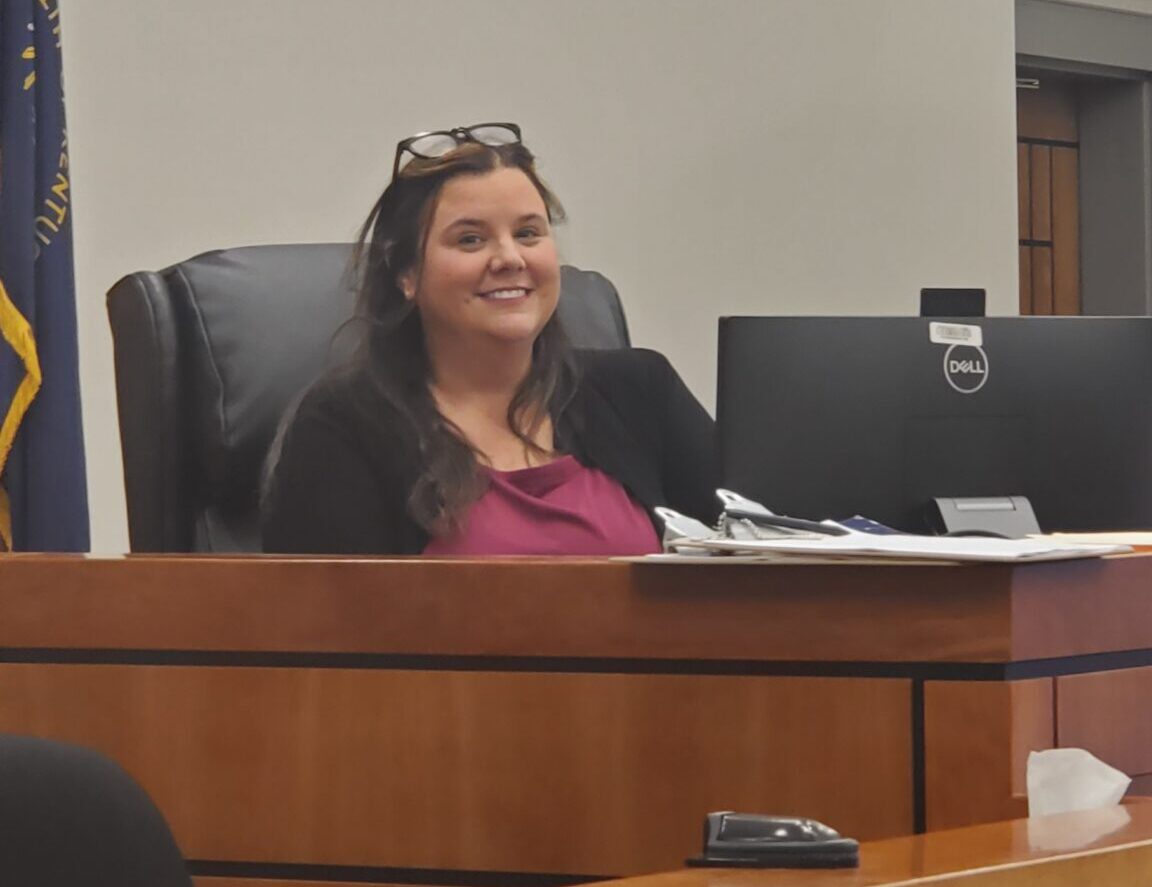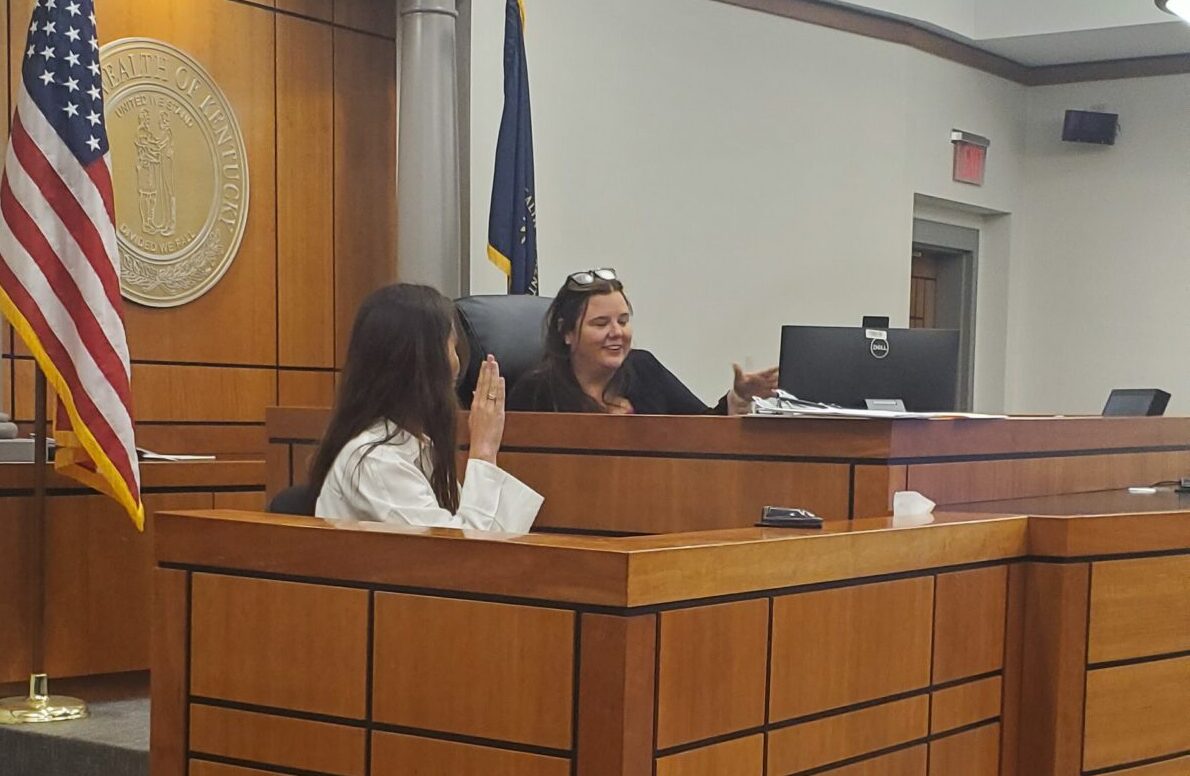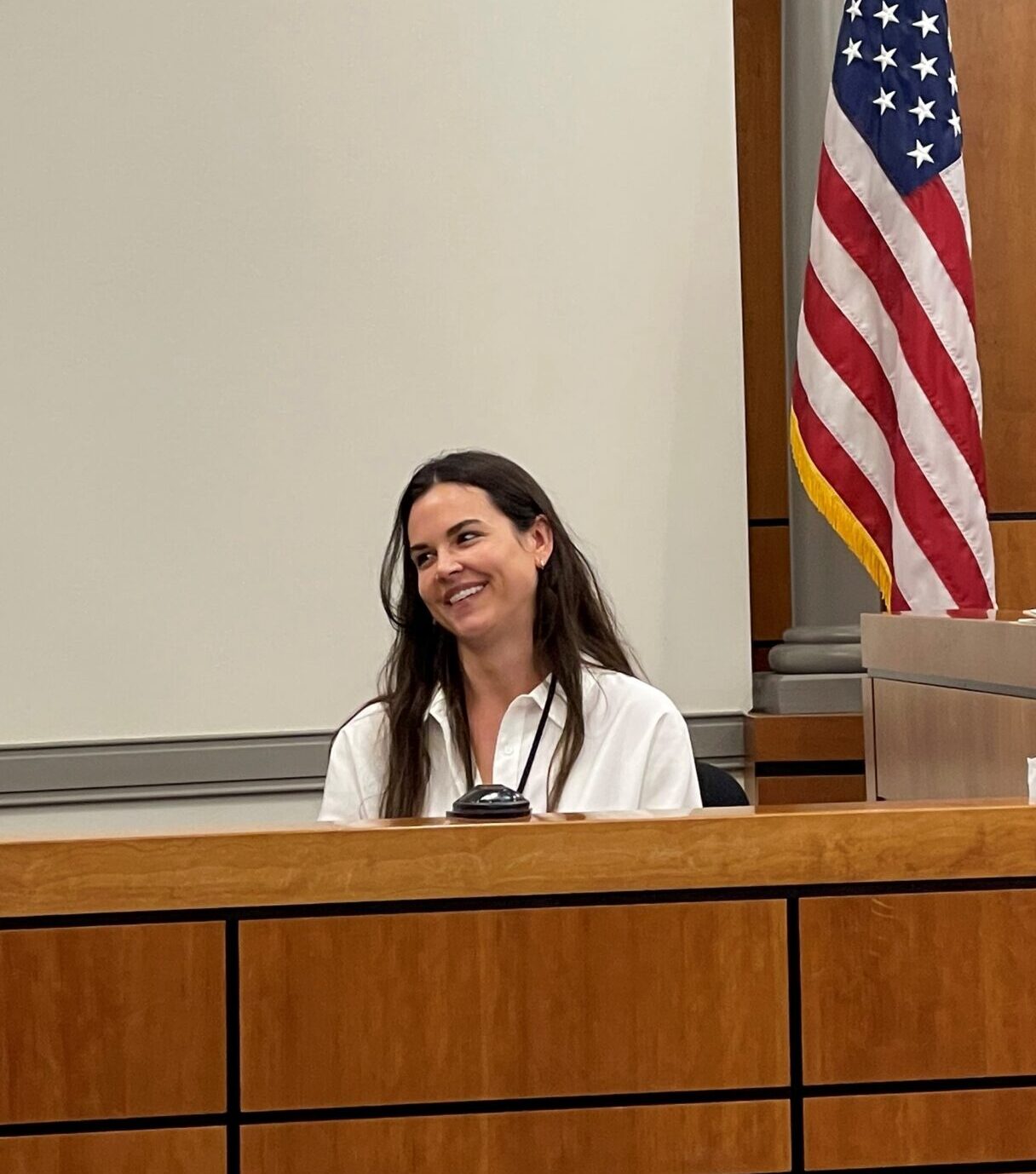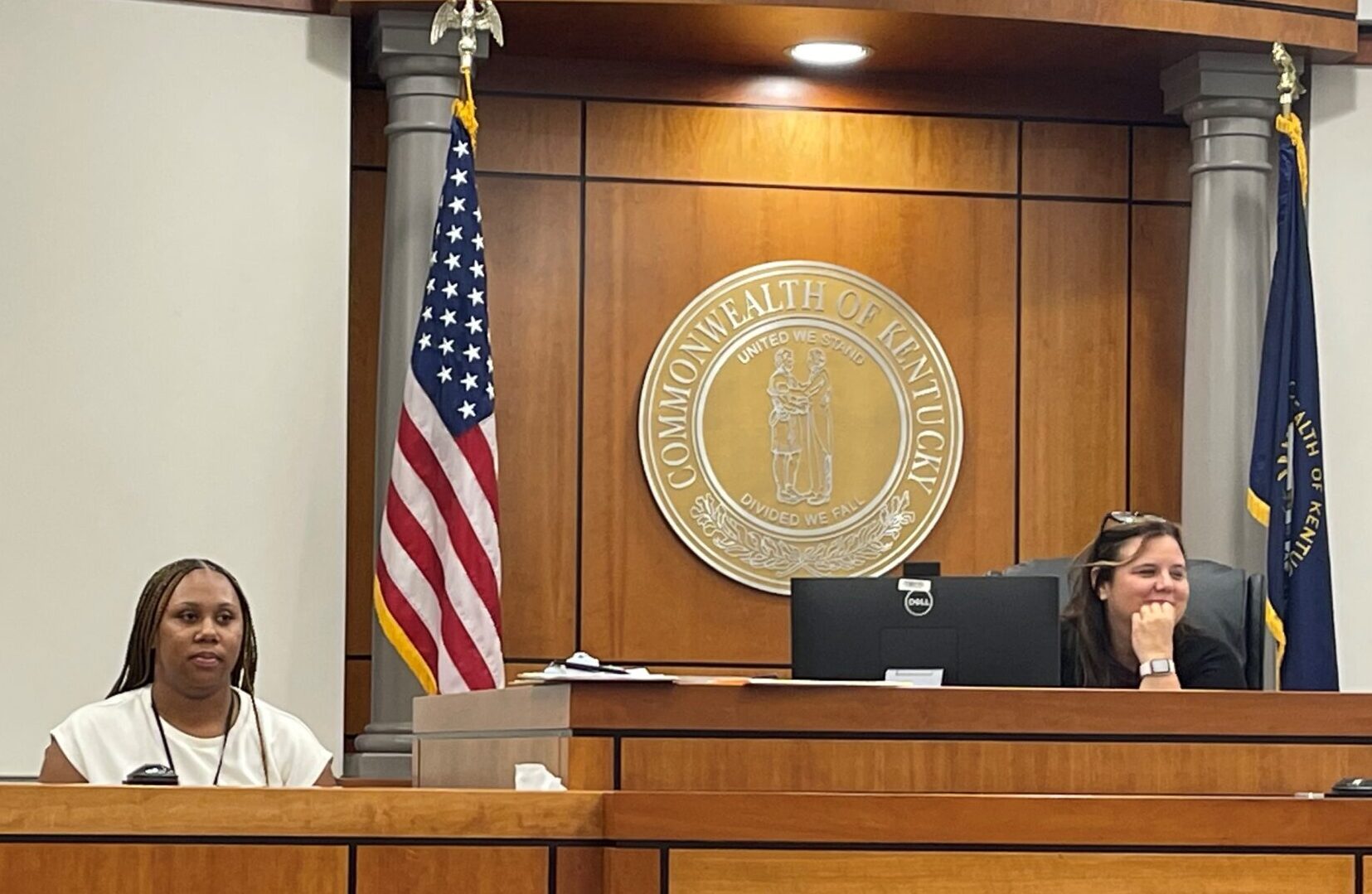Friday October 4, 2024
National Depression and Mental Health
Everyone has mental health. Mental health does not mean mental illness.
Forty-six percent of people will meet criteria for a mental health condition at some point in their lives (Mental Health America).
Mental health can be strengthened by protective factors such as social support, physical activity, pets, community engagement, hobbies, creative activities, and abstinence from drugs/alcohol.
Friday October 11, 2024
How can we start to destigmatize mental health? By using inclusive language and being mindful when talking about mental health.
By decreasing the stigma associated with mental illness, inclusive language helps people who struggle with suicidality, depression, and other mental health issues feel understood. (Source: APA (2023). Inclusive language guide (2nd ed.)
Examples of inclusive language for mental health:
Using first personal language: This means putting the person before their diagnosis or condition. Example, instead of “a schizophrenic” or “an addict”, say “a person with schizophrenia” or “a person with substance use disorder”
Using respectful and accurate terms: Avoid using outdated offensive or inaccurate words when talking about mental health issues. For example, instead of “crazy”, “psycho”, or “insane”, say “mental health issue”, “mental illness”, or “psychiatric disorder”.
Friday October. 18, 2024
Mental Health Screening
What is a mental health screening? A mental health screening is a standard set of questions that a person answers to help a health care provider check for signs of a mental disorder.
What is it used for? It is usually used as the first step to find out if a person has a disorder, is at risks for a disorder, and/or might need further testing to rule out a mental health disorder.
Why would I need one? You may have developed symptoms that are new to you and need some help to find out why. They may also help a mental health professional develop a plan for future treatment or needs.
What can I expect during? You may be asked a lot of questions about yourself, your feelings, mood, sleep and appetite.






